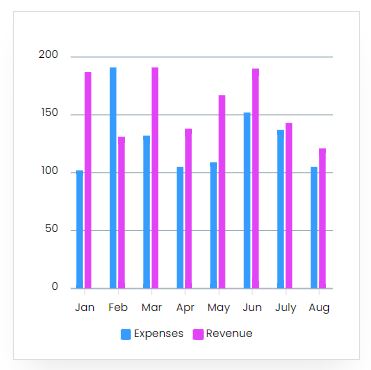Project Report For Milling Machine
Introduction
Project report for Milling Machine is as follows.
A milling machine is a machine tool used to shape solid materials, including metal and plastic. It typically uses a rotating cutting tool that moves in various directions to remove material from a workpiece. Milling machines are commonly used in the manufacturing industry for the production of parts and components for a wide range of products.
The use of rotary cutters in milling machines allows for the removal of material from a workpiece. A variety of materials can be sliced, drilled, and bored by these equipment. Milling is the name given to the process of eliminating material fragments parallel to the tool axis. Numerous varieties of milling machines are employed in a variety of sectors of the economy.
The item is firmly attached to the machine’s table, and a spindle-mounted multi-tooth cutter will rotate. The cutter rotates quickly and has numerous cutting edges. The work can be fed in a transverse, vertical, or longitudinal orientation. The cutter teeth remove the metal from the work surface to generate the required shape, such as flat, circular, or curved, for further processing.
Types Of Milling Machine
Milling machines come in a variety of types and sizes to suit different needs. Some of the most common types of milling machines include horizontal milling machines, vertical milling machines, and universal milling machines. Each type of machine is designed for a specific purpose and has its own unique features and capabilities.
Horizontal milling machines are the most common type of milling machine used in India. They are typically used for the production of large parts and components, such as engine blocks and gears. These machines have a horizontal spindle that rotates in a horizontal plane, and the cutting tool is mounted on a horizontal arbor.
Vertical milling machines are also widely used in India. They have a vertical spindle that rotates in a vertical plane, and the cutting tool is mounted on a vertical arbor. These machines are typically used for the production of small parts and components, such as die and mold components, as well as for the machining of complex shapes and contours.

Universal milling machines are a combination of horizontal and vertical milling machines. They have a universal swivel table that can be rotated to any angle, allowing for the machining of complex shapes and contours. These machines are typically used for the production of precision components and parts in small and medium-sized production runs.
CNC milling machines are machine-operated cutting tools that are precisely separated from a workpiece by Computer Numerical Control (CNC) systems that are programmed and controlled. Using computer-aided design (CAD) software, a specific part or product is created as the final outcome of the machining process.
Project Report Sample On
Milling Machine
Get Completely Custom Bankable Project Report
Market Potential of Milling Machine
The milling machine market is anticipated to generate US$68,303.3 million by 2023. From 2023 to 2033, the market is projected to expand at a slow but steady CAGR of 4.9%. The market is expected to be valued US$ 110,203.8 million by 2033.
Expenses

Product Cost Breakup

Reveneue Vs Expenses

Market Trend

The market potential for milling machines in India is significant due to the increasing demand for processed and manufactured goods in various industries. The construction industry, in particular, is a major contributor to the growth of the milling machine market in India. The growing infrastructure development and urbanization in the country have led to an increase in the demand for construction materials
Milling machines are widely used for creating slots, through holes, and other kinds of machining. Many milling machine makers are using CNC technology to improve the job’s quality and productivity. For this, numerous pieces are created with the same equipment and program. The two most important market trends are multi-axis and automation. Business software applications also control the spindle speeds, axis, and tool changes of milling machines.
The Indian economy is growing at a steady rate, and this is likely to lead to increased demand for milling machines. As the economy grows, more companies will be able to afford to invest in new machinery, including milling machines.
